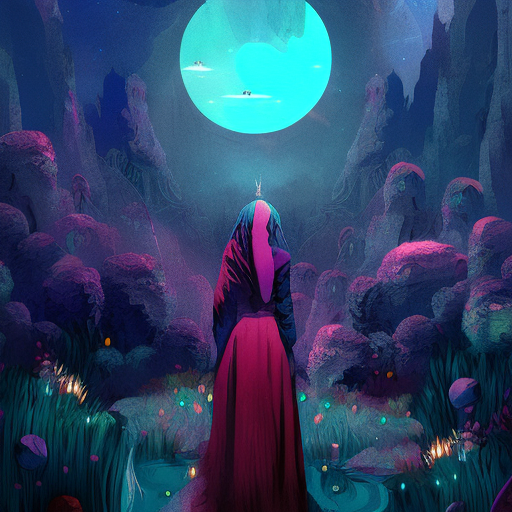One-line Summary:
Midnight’s Children is a captivating novel that explores the lives of individuals born at the stroke of midnight on India’s independence day, delving into themes of identity, history, and the power of storytelling.
The Story of Saleem Sinai
Midnight’s Children, written by Salman Rushdie, follows the life of Saleem Sinai, a boy born at the exact moment India gains independence from British rule. Saleem is one of the 1,001 “midnight’s children” who possess extraordinary powers and are connected to the fate of their nation. As Saleem grows up, he discovers that he has the ability to telepathically communicate with the other children born at midnight, forming a unique bond with them.
A Tapestry of History and Identity
Rushdie weaves a rich tapestry of Indian history and identity throughout the novel. Saleem’s personal journey parallels the tumultuous events of India’s post-independence era, including the partition of India and Pakistan, the war with Pakistan, and the state of emergency declared by Prime Minister Indira Gandhi. Through Saleem’s experiences, the reader is exposed to the complexities of Indian society, the clash between tradition and modernity, and the challenges faced by a nation in transition.
The Power of Storytelling
One of the central themes in Midnight’s Children is the power of storytelling. Saleem, as the narrator, uses his unique position as a midnight’s child to recount the history of his family, his community, and his nation. His storytelling is not only a means of preserving the past but also a way to shape the future. Saleem’s ability to manipulate reality through his narrative reflects the larger role of storytelling in shaping collective memory and national identity.
Throughout the novel, Rushdie blurs the lines between reality and fiction, highlighting the subjective nature of history and the role of storytelling in constructing our understanding of the world. The narrative is filled with magical realism, fantastical elements, and allegorical characters, creating a surreal and dreamlike atmosphere that mirrors the complexity of India itself.
Key Takeaways:
- The novel explores the interconnectedness of personal and national histories, highlighting how individual lives are shaped by larger historical events.
- Midnight’s Children delves into themes of identity, both personal and national, and the challenges of navigating cultural, religious, and linguistic diversity.
- The power of storytelling is a central theme, emphasizing how narratives shape our understanding of the world and our place within it.
- Rushdie’s use of magical realism and allegory adds depth and complexity to the narrative, blurring the lines between reality and fiction.
“I am the sum total of everything that went before me, of all I have been seen done, of everything done-to-me. I am everyone everything whose being-in-the-world affected was affected by mine. I am anything that happens after I’ve gone which would not have happened if I had not come.” – Salman Rushdie, Midnight’s Children
In conclusion, Midnight’s Children is a captivating and thought-provoking novel that explores the intertwined lives of individuals born at a pivotal moment in India’s history. Through the lens of Saleem Sinai’s extraordinary abilities and his role as a storyteller, Salman Rushdie delves into themes of identity, history, and the power of narrative. The novel serves as a testament to the complexity and diversity of India, while also highlighting the universal human experience of grappling with personal and national histories.












